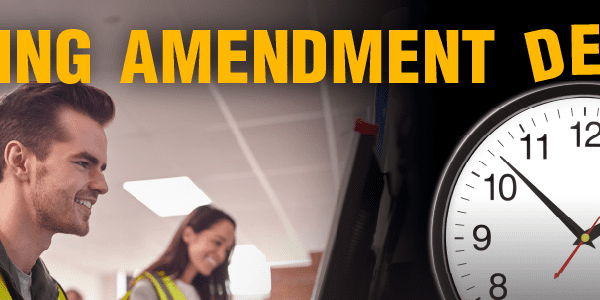Here are the top 4 questions last week:
Welcome back to the Regulatory Helpdesk where we answer your dangerous goods & hazmat questions. We’re here to help you become independent with – and understand the whys and hows – of the regulations.
Worded Label Requirements
- Q. Are worded labels required for use in US transport?
- A. Based on 172.405(a), except where prescribed, wording is optional on US hazard class labels.
Placement of UN Number, Shipping Name and Hazard Class Label
- Q. Can you put the “ISH” information (shipping name, UN number and hazard label) on the top of a package (e.g. box)?
- A. That depends. Different regulations express it differently, but the key message is that the information must be easily located and read; and with few exceptions in proximity to each other on the same surface of the package. All common regulations (49 CFR, Canadian TDGR, IATA DGR, IMDG Code) have a general requirement for legibility.
49 CFR requires the information to be clearly visible on a surface other than the bottom [172.304(f) and 172.304(a)(i)]- so the top could be allowed if the configuration resulted in it being clearly visible.
IATA DGR and the IMDG Code do not specify top/bottom but only require the information to be “readily visible” [IATA 7.2.6.1(a); IMDG 5.2.1.2.1, 5.2.2,1.6].
TDGR, however, is a little more prescriptive- requiring the information to be “on any side … other than the side on which it is intended to rest or be stacked during transport …” [TDGR 4.10(3)]. Although perhaps not legally binding, the published “FAQ” regarding 4.10(3) refers to “… except top or bottom”. Without getting into dictionary definitions of top/bottom/side/end/surface, shippers would be wise to always have the marks/labels visible when viewing the package as handled during transport.
Pressure Testing IBCs
- Q. Is it true that light-weight IBC (31HA1-type composite IBC, aka totes) must be pressure tested each time they are filled in Canada?
- A. Yes, if they are being filled for transport. The current 2016 edition of standard CGSB-43.146 is mandatory as of January 12, 2018. This standard (paragraph 12.6.2) requires the leak test before each filling for use in transport. Those already filled may continue to be shipped for up to 12 months following the test.
Also IBC received from other jurisdictions may be shipped if it was in compliance with the state of origin or UN Model regulations. IBC being used as stationary “tanks”- i.e. not being filled for transport- do not fall under the requirement unless/until they are put “in transport”.
Are Batteries Excepted?
- Q. Are batteries meeting the “excepted” criteria in 173.185(c) still considered hazardous materials?
- A. While excepted from shipping papers, marks/labels, placarding, emergency response, training and US performance packaging, the rest of the regulations still apply. Or said a bit differently, these are still regulated as being hazardous materials but they are exempted from most of the regulations.
This makes sense because these “smaller powered batteries” should present a “lesser” hazard during transport than those higher-powered ones.





